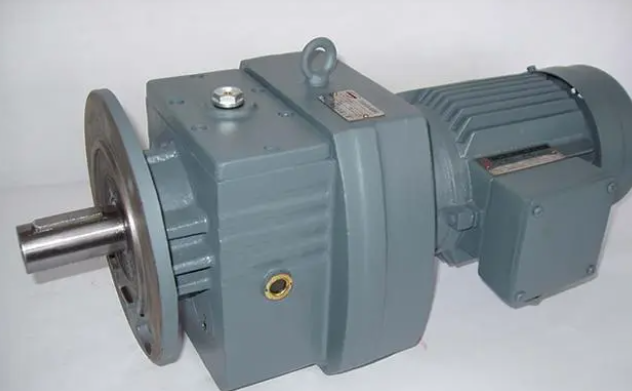How to choose a reduction ratio of 1:3 for turbine worm drive?

The selection of reduction ratio for worm gear transmission requires consideration of practical application requirements and performance requirements of the transmission system. Here are some general principles for selecting reduction ratios:
Torque requirement: Determine the required reduction ratio based on the required output torque and input torque. The larger the reduction ratio, the greater the output torque.
Speed requirement: Determine the required reduction ratio based on the required output speed and input speed. The larger the reduction ratio, the lower the output speed.
Efficiency requirement: Choose the appropriate reduction ratio based on the required transmission efficiency. Usually, the efficiency of worm gear transmission is low, and choosing a reasonable reduction ratio can improve transmission efficiency.
Accuracy requirements: Select the appropriate reduction ratio based on the accuracy requirements of the application. Turbine worm drive has high transmission accuracy, but the larger the reduction ratio, the lower the accuracy may be.
Reliability requirements: Choose the appropriate reduction ratio based on the reliability requirements of the application. Turbine worm drive has high reliability, but the stability of the transmission system may decrease as the reduction ratio increases.
It should be noted that the reduction ratio of worm gear transmission usually has a certain limit range. When choosing a reduction ratio, one should refer to the design manual of the worm gear transmission or consult relevant professionals to ensure that the selected reduction ratio meets the design and usage requirements of the worm gear transmission.

